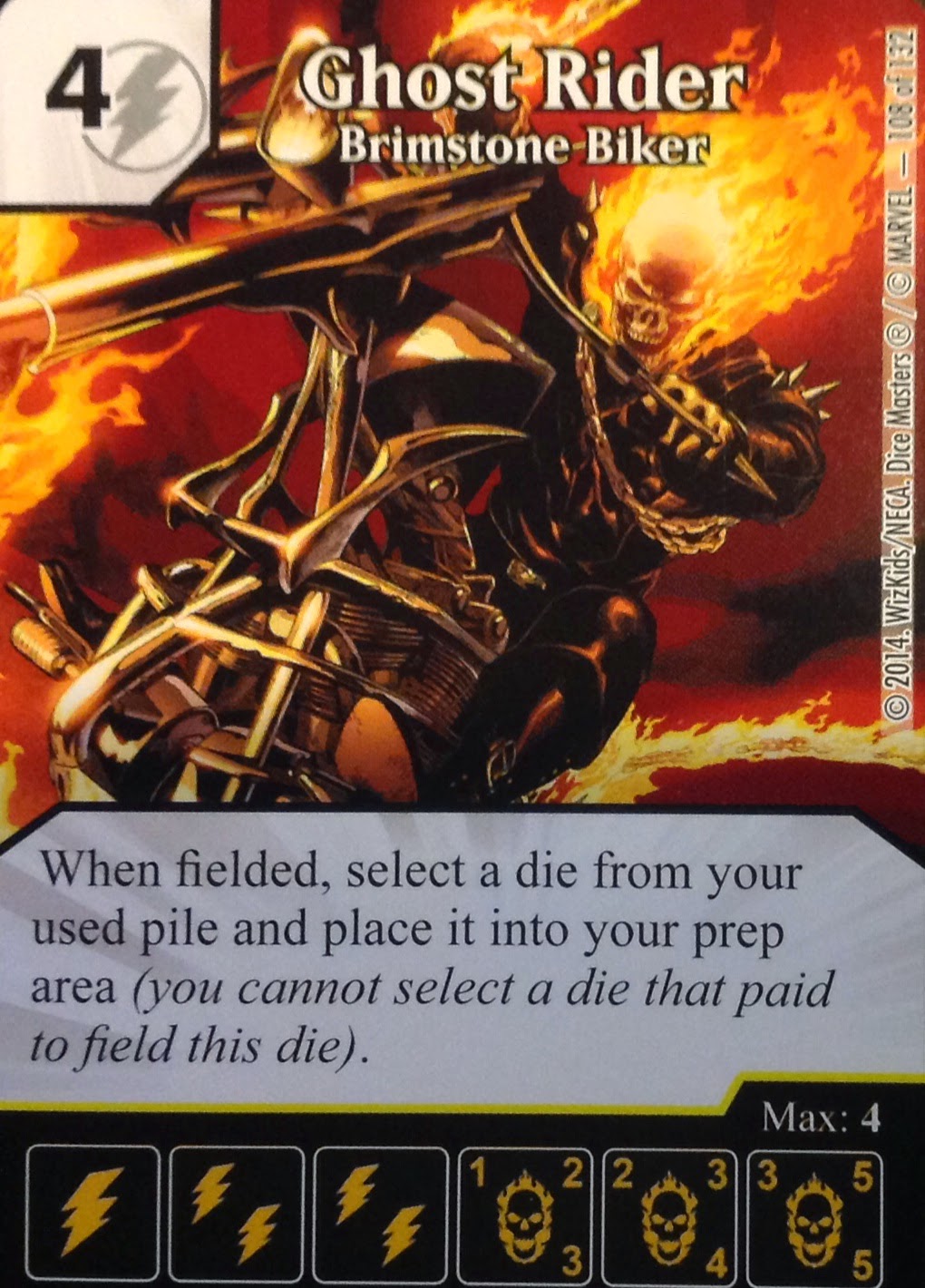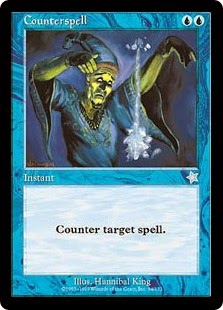You might think that this topic is redundant given that the rules include a beginner game, but I don't find that the beginner game does enough to demonstrate the potential that Marvel Dice Masters has. This is a great time to discuss it, as new base sets should be right around the corner and lots of folks will be looking to get into this.
The rulebook gets it right in that it starts with the simple and moves to the complex.
And in that way, the beginner game described in the rulebook is good as a walkthrough for a new player, but I recommend that it should not be played to completion - rather, it should be used only to explain the mechanisms involved in the game as three to four turns play out.
So what should you do after that?
Why we need a change
The first problem is that the starting characters are a bit imbalanced. One side gets two characters that enable dice manipulation - perhaps not a big deal to an inexperienced gamer who might not "get it" right away, but if the people who are learning are familiar with deck builders they'll see that. Beast "666" speaks for itself. Captain America lets you roll a sidekick from used when fielded. These are beneficial actions and they work together a bit, too.
The other side does have special abilities, but they don't help with efficiency, and efficiency is king in a game like this. The Human Torch that is recommended for the starter game is useful only for cheap energy - which you don't need in this game. The Spider-Man is balanced enough, but his ability is rather useless except to demonstrate how paid abilities work.
The second problem is that with a total of four unique dice and nine community dice available for purchase, there are just very few options, even for starting at just ten life. There quickly becomes nothing that you want to do with the non-character faced dice. That would rarely, if ever, happen in the casual (six-card) or tournament (eight-card) game.
The ideal first game
What you actually do should be a bit fuller. You can still provide some simplicity but on a scale that actually communicates the potential of the game.
What I've found to be successful is the following -
- Four Characters
- Two dice per character
- Same basic actions as the basic game
- 12-15 life
- One of the following means of character selection:
Drafting
This is good if your "student" is a more experienced gamer. I like to use the cards from the base set for this, but you can use whatever set of cards you choose. This might be useful if you know that there are a few in the Marvel universe that they gravitate towards - if Ghost Rider is their favorite (despite his horrible movie), you might want to make that option available.
Of course it's important to give advice about the choices that the new player is making.
I lay out each of the cards in sets, by character. Players take turns drafting - but they're drafting the character itself, not the individual card. In other words, if they want Iron Man, they're taking
every Iron Man. Once each player has four characters, they then pick which iteration of those characters that they actually want to use, ending with a squad of four.
If you've advised them well and explained some of the choices, then they ought to have a serviceable team.
The Set Squad
This would be a better one to use if the new player is more of a novice to these types of games.
Here, you want to use two predefined sets of characters for each side to use, sticking to the same limits as above. This can be variable for you, but should include something fairly balanced. The archetypes that you may want to fill are:
1) One character that helps with churn (Beast "666", Gambit "Ace in the Hole, and the like)
2) Two pieces of a combo (Torch/Hulk, Iron Man/War Machine, etcetera)
3) One utility (Storm, Loki, and so forth)
Chosen carefully, you'll have two sets of small squads that each have a means of efficiency, a clear way to win and the ability to counter the other. This is easily justified - consider the duel decks that Wizards of the Coast releases for Magic: The Gathering. The two are made to play one another and the box includes strategic information for each deck.
If you're using just the base set, it's a little more complicated to set this up because it's hard to get the costs to align perfectly. I recommend the draft there, just because of the limited selection.
Merits of this method
In teaching my brother, we played the basic game and I unwittingly let him choose which set of characters that he wanted to start with from the beginning game. He had a fairly miserable time and I would have been able to crush him early on - something that I avoided doing so that he could see how the mechanisms interacted. With so few dice to choose from, it becomes an exercise in futility rather quickly.
It really just ended up being a frustrating experience for all involved and I'd like to change that.
This version of teaching the game gives you far more dice options and many decisions to make. It throws global abilities into the mix, and so playing out a turn is much more true to the actual game. Putting some potential combos into the mix lets new players see the types of synergy that are possible within the game and shows the real draw - not some nifty dice and a cool intellectual property, but an enjoyable, strategic game.
Please share your own experiences! How do you teach the game?





















